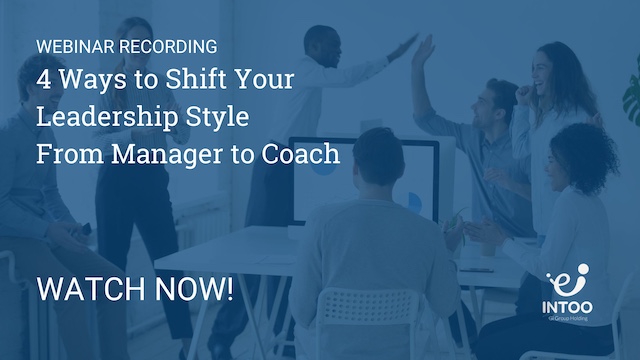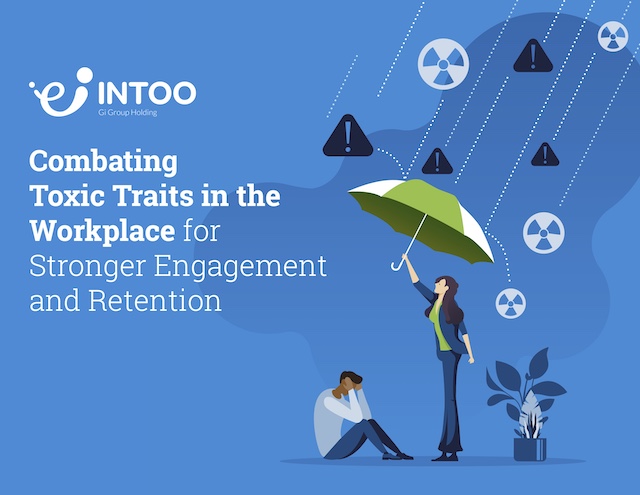Are you feeling restless in your current career? Are you daydreaming of a new path but unsure how to navigate the change? You’re not alone. Career transitions are more common than ever, with an increasing number of individuals seeking purpose, passion, and growth in their professional lives.
But making a successful transition isn’t just about quitting your job and throwing caution to the wind. It’s a calculated journey requiring introspection, strategic planning, and a healthy dose of courage. This guide offers your roadmap, outlining five key steps to a fulfilling career transition.
What Is a Career Transition?
A career transition is a planned move to a significantly different new job or career path. This could mean switching industries, job functions, or even totally changing gears, like going from corporate employment to entrepreneurship. Career transitions are major inflection points requiring thoughtful planning, self-assessment, reskilling, and relationship-building to properly bridge your current role to the new one. Career transitions stem from various motivations: seeking new challenges and growth opportunities, aligning work more closely with evolving interests and priorities, or external events like company restructuring or layoffs.
Whatever the reason, career transitions require thoughtful planning, self-reflection on your skills and passions, strategic networking and skill-building, and recalibrating your resume to position yourself for success. By taking these steps, impactful career shifts that open new doors for professional growth and purpose are possible. The process requires effort but pays dividends for those focused on reaching their highest potential.

How to Make a Successful Career Transition in 5 Steps
1. Self reflection
Spend some time thinking about what matters to you. Self-assessments, available online, can also help uncover aspects of your interests, personality, and strengths you might otherwise have been unaware of.
Consider the following:
- Identify your values, strengths, and passions. What truly inspires you?
- Analyze your current role. Which parts energize you, and which ones demotivate you? What are your transferable skills and where can you improve?.
- Research potential paths. Explore industries, roles, and companies that resonate with your newfound vision.
2. Skill enhancement
Remember those skill gaps uncovered during step 1? Now is the time to earnestly address them. Strategically invest in targeted upskilling, whether through online courses, professional certifications, workshops, or conferences. Seek out volunteer projects or freelance gigs that provide hands-on experience. If needed, explore part-time education options that balance work and learning. This demonstrated commitment to continuous learning makes you an increasingly qualified, motivated candidate in the eyes of hiring managers.
3. Align your resume and online presence
Ensure synchronization between your resume, LinkedIn profile, and other professional materials to spotlight skills pertinent to your intended role. Tailor themstrategically, accentuating your relevant experiences. Quantify achievements using metrics to showcase your impact. Include your credentials and certifications, highlighting any emerging skills. Optimize your content with industry-specific keywords to enhance visibility in recruiter searches, maximizing your chances of being noticed for opportunities aligned with your career transition. Craft targeted cover letters passionately weaving your story. Your goal is persuading hiring managers that your background, though non-traditional, enables you to contribute meaningfully to their organization. This narrative shift is pivotal in transitioning between distinct yet complementary fields.
4. Expand your network
Networking is instrumental for a successful career shift. It serves dual purposes: building relationships with insiders who can facilitate introductions and referrals and directly showcasing your brand to decision-makers. Leverage social platforms like LinkedIn to connect with professionals across targeted companies, build relationships, and set up informational interviews to glean insights into their industry and area of expertise. The goal is to establish an authentic network that appreciates your skills and regularly advocates on your behalf.
5. Prepare to address the transition
Anticipate and prepare to address your career shift in interviews. Clearly convey your motivations and highlight your unique value despite being new to the space. Showcase the most relevant transferable abilities that would enable you to thrive in the role. Demonstrate a genuine passion to get up to speed and contribute rapidly. The goal is to confidently ease doubts by expressing your fit, enthusiasm, and competence even as a non-traditional candidate. An authentic, thoughtful narrative around the transition is pivotal to earning opportunities.
How Long Do Most Career Transitions Take?
There’s no one-size-fits-all timeline when it comes to career transition. The duration depends on your goals, resources, and the chosen path. A lateral move within your field might be relatively brief, taking weeks or months. A complete industry jump, however, could span a year or more. Factors like upskilling needs, networking intensity, and job market conditions can also influence the time it takes to get work in your new field.
Don’t let preconceived ideas about how long the process should take influence your efforts. Set realistic goals, and celebrate each milestone, big or small. Enjoy the journey, learn from the detours, and relish the anticipation. Remember, a fulfilling career transition is not a race to the finish line.
Conclusion
After laying the groundwork, individuals working toward career transitions should focus on sustained action. Implement the recommended strategies diligently, continuously refining them based on insights gained. Seek mentorship or career coaching for guidance. Keep networking, learning, and adapting to industry changes. Remember, persistence and adaptability are key. Embrace the journey, stay committed to goals, and remain open to opportunities that arise, ensuring a smooth transition toward a more fulfilling professional path.











